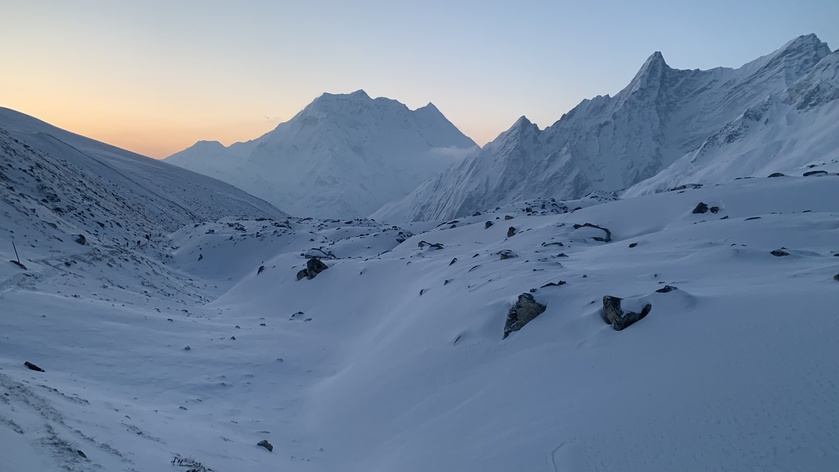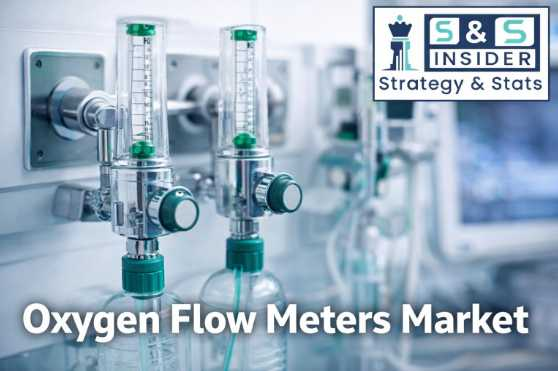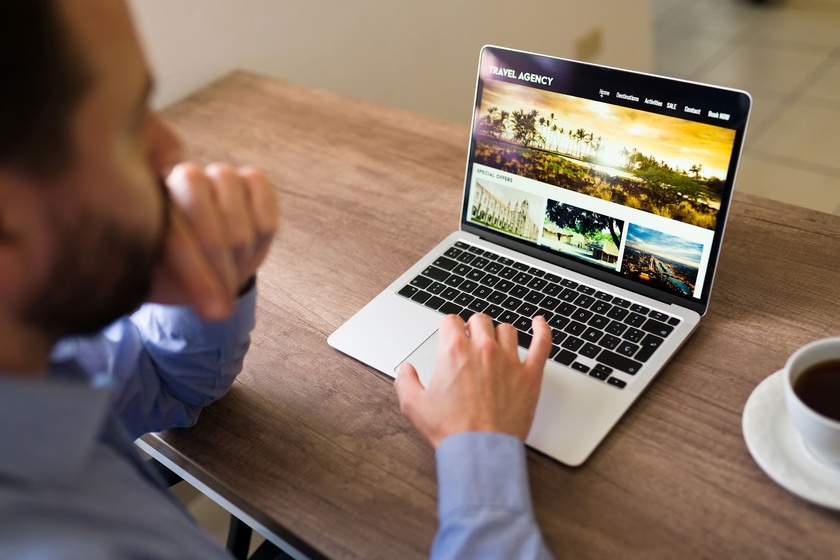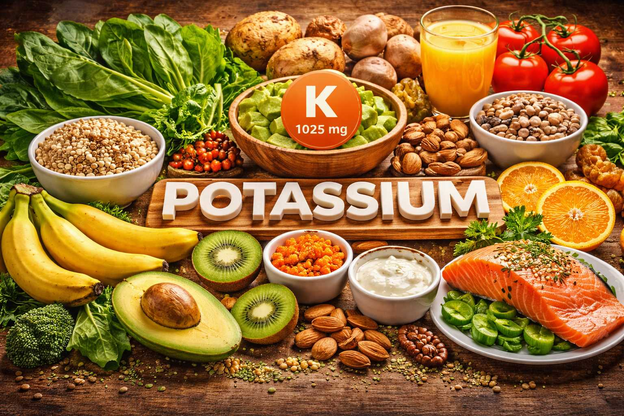The Manaslu Circuit Trek is one of the most interesting and challenging journeys in the most restricted region of Nepal. This trek comprises various geographies around Mount Manaslu, which is the eighth tallest mountain in the world and includes some form of cultural experience. While not as famous as other treks, it provides the best balance between the thrill and the peaceful loveliness. Trekkers get to experience an array of terrains, forests, Miniature Rivers, and ascending crests with spectacular viewpoints.
The tour is filled with monasteries, and the people of the region are beautiful, friendly, and very hospitable in their demeanor. Thus, the Manaslu Circuit Trek, which ranks as one of the more remote and least-traveled treks in Nepal, is a perfect pick for all those who dream of venturing into the wild.
A Journey through the Manaslu Circuit Trek
The Manaslu Circuit Trek in the Gorkha District of Nepal is another popular circuit that cuts across mountainous terrains and cultural sites. This is one of the hardest treks, going around the eighth biggest mountain in the world, Mount Manaslu. There are huge varieties of climate it provides to the trekkers from the subtropical forests to alpine pastures and from high altitude Larkya La pass with the view of The Himalayas. In this aspect, the Manaslu Circuit trek offers a less crowded route unlike what is provided in the Annapurna or the Everest region treks.
The trek likewise provides a cultural experience where trekkers pass through the settlement of ethnic communities, including the Gurung and Tibetans. You can encounter numerous prehistoric Buddhist temples and get truly stunned by how some traditions remain the same up to this day.
These are fun cultural experiences that give the country’s scenic landscape a rich and immersive tang. The Manaslu Circuit Trek is one of the exceptional treks in Nepal where along with superlative geographic features such as mountains, forests, and river, one can get impressed with fascinating cultural experience. Ideally, this trek is suitable for all people who are interested in having an adventure and discussing the Nepalese cultural richness.
Alternative Treks you might like
Alternative Treks you might like
Everest Base Camp Trek: The Trek to Everest Base Camp is an opportunity to reach the very core of the Himalayas and the bottom of the legendary Everest. Though this incredible journey is related to Everest, it is not confined to this mountain only. You will also climb up Kala Patthar, which has an outstanding view of the peaks of the Mount Everest zone, and Trek to Namche bazaar.
Annapurna Circuit Trek: The Annapurna Circuit Trek is another circuit trekking route located in the central-western part of Nepal. It offers beautiful culture, majestic views, and various geographic challenges. Progressing to the highest degree of altitude, which is 5400 meters of Thorang-La Pass, is a joy.
Langtang Valley Trek: It is initiated to provide an opportunity to have such a feeling of life and to show some of the startling sights of Langtang National Park, the first Himalayan National Park in Nepal. It is relatively rich in vegetation and has many wildlife features, such as the following animals. The Trek to Langtang Valley will be at an elevation of 3830m; from here, you get the sight of Kyanjin Gompa. It occupies a rocky island that, in terms of terrain, can be described as resembling a camel’s ribs more than anything else.
Annapurna Base Camp Trek: There is no other trekking region anywhere which could be as interesting and appealing as the Annapurna Base Camp trek in regard to geography, anthropology, and topography. This trek is very popular among tourists because on its route, there are various breathtaking views of the Great Himalayan Range comprising Annapurna I, Machhapuchhre, Annapurna South, Hiunchuli, etc. As the trekkers ascend to higher altitudes, they come across several categories of ecosystems, namely, the subtropical forests, alpine pastures, and steep land. The trek also offers some views of trekking to the traditional houses of Gurung and Magar communities, where you will feel the homely atmosphere of Nepali people and can taste the flavor of Nepali foods.
How to prepare yourself for the Manaslu Circuit
Physical Fitness and training:
Hit the ground running, cycling, or swimming—whatever gets your heart racing! It's all about beefing up those legs, tightening that core, and strengthening your back. Think squats for power, lunges for balance, and deadlifts to build that backbone of steel. Oh! And don't forget some local hikes; they're like a test drive for your feet before the big trek.
Travel documents and permits
Make sure that your passport isn’t expiring anytime soon—it needs to be valid for at least six months after you’re done exploring Nepal. Also, grab those must-have permits:
TIMS (like a backstage pass but for trekkers)
Annapurna Conservation Area Permit (ACAP)
Manaslu Conservation Pass
Manaslu Special trekking permit
Health and Safety
Get jabbed with vaccines needed for Nepal. Pack any meds as if they were gold coins in a treasure chest because health is wealth out there! Definitely snag travel insurance, too—it’s like having an invisible safety net just in case things go sideways with emergency evacuations or medical hiccups.
Route and Itinerary planning
Get cozy with maps of the Manaslu Circuit—or spice it up by checking out paths less traveled, like the Tsum Valley trek. Knowing where you’re headed is half the adventure!
Nutrition and hydration
Keep energy bars close—they're little lifesavers when hunger strikes hard during long walks under vast skies filled with stars so bright it feels almost magical tasting them on cool mountain air.
Drinking Water
Always have water purification tools handy; remember, lodges need heads-up about food allergies or special diets, too!
Electricity and electrical ports during the trek
Most places will let you charge gadgets; just bring along a universal adapter since plugs here might look different from home—with two- three-round pins ready to juice up anything needing 220-240 volts at 50 Hz frequency.
Money during the trek
When you arrive at the airport or near your hotel, you can get cash or exchange money here if needed. It is advised that you bring some cash along for personal expenses while trekking; About NPR 3000 per day would suffice as pocket money during your stay there/ An ATM in Nepal typically has a withdrawal limit of NPR 30,000 to NPR 50,000 only.
Accommodation during the trek
As you go on a hike, you will find homes of all kinds along your way, and they are typically family-owned establishments. In most cases, these are homestays. Such units have either squat or western toilet facilities, depending on their type. They are, however, equipped with all necessary facilities such as attached toilets and comfortable beds in most places. A sleeping bag is essential for your travel kit. There may be a wood fire in the dining/kitchen area to keep cold at bay.
Best time for the Manaslu Circuit Trek
The Manaslu Circuit Trek takes place almost throughout the year, but the best times to trek it are spring (March, April, and May) and autumn (September, October, and November). At such moments, you can also catch sight of Mount Annapurna picture-perfectly while enjoying clear skies and breathtaking panoramas. The summer period can also be taken into account for this kind of journey across mountains. This is when green vegetation is everywhere with wildflowers blossoming in their natural state; hence, it would be perfect for you if seeing all this sounds attractive to you. Mild daytime temperatures characterize this season, which makes it ideal for hiking.
Travel responsibly: We aim at arranging eco-friendly trips that uplift small communities by boosting local entrepreneurship through support provided by our trekkers towards their enterprises so that they can get more customers who eventually become committed clients, thus helping us achieve our desired objectives of community growth and development.
Conclusion
Undoubtedly, trekking the Manaslu Circuit is a sense of accomplishment and marvel. This route's geographical experience presents scenic views, rugged surfaces, and historical identity pride factors. It has such meaning as it represents the nature of a traveler, combining achievement and narration.
Trekkers get a chance to see great mountains and valleys that most people never see and receive a friendly and warm reception from the people of Nepal. Ancient monasteries, coupled with the journey, give a spiritual feel, making memorable impressions. The scenery and the cultural heritage of the area make the trekking experience exceptional, and it is regarded as one of the best treks globally.




















